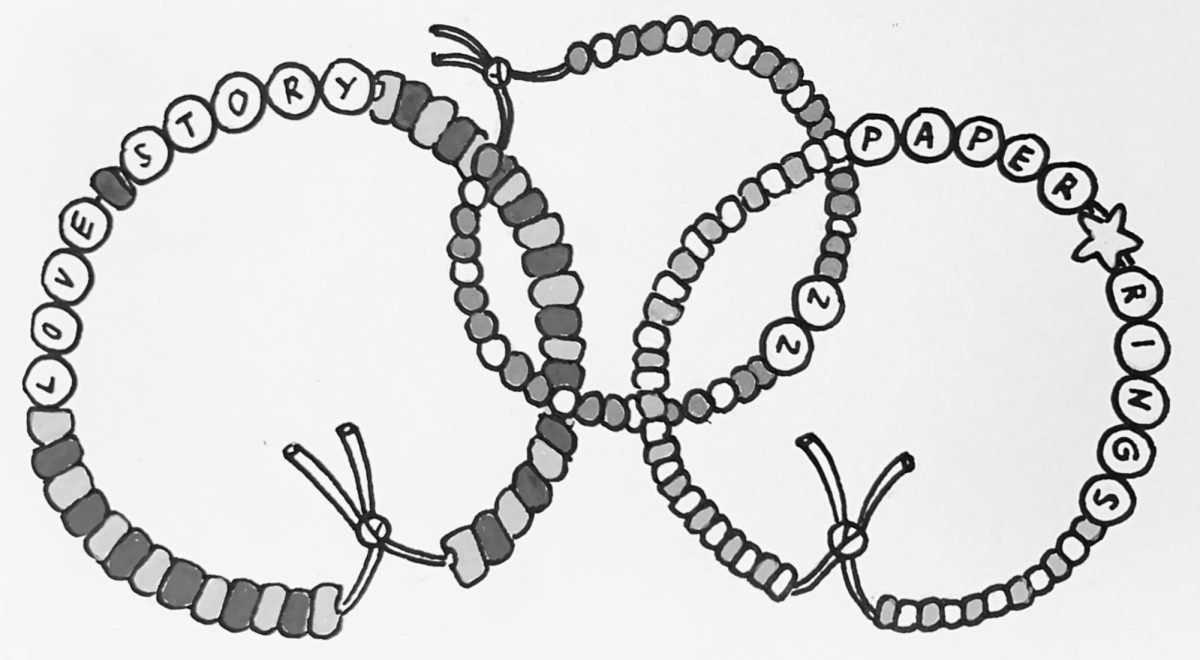Few students have heard of, let alone know the function of, the Panel of 14 — a comparison group of 13 other colleges Whitman uses to assess everything from faculty gender ratios to admission rates through comparative statistical analysis.
The college has used the Panel of 14 since 1967, when it was introduced by Kenyon Knopf, an administrator from Grinnell College in Iowa who later served as president of Whitman from 1973-75. According to the Comparative Data Report compiled by the Office of Institutional Research in 2006, Whitman’s aim in using the panel is to survey a “combination of peer and aspirant institutions” to determine Whitman’s strengths and weaknesses.
As a result, the peer group includes liberal arts colleges that are similar in makeup to Whitman and several that represent radically different geographic areas and cater to other demographics. In addition to Whitman, the Panel of 14 is comprised of Beloit College, Carleton College, Colby College, Colorado College, Grinnell College, Haverford College, Knox College, Oberlin College, Occidental College, Pomona College, Reed College, Swarthmore College and Wabash College.
Director of Institutional Research Neal Christopherson, who compiled the 2006 Comparative Data Report along with Luke Erichsen ’06, has mixed feelings about the relevance of this peer group. The panel has been made up of the same 14 schools since it’s implementation in 1967. Whitman is not the same school as it was 40 years ago; neither are the others.
“Over the last 40 years these schools have changed, and as a whole this peer group may not be the best one for us. For example, some of the schools have billion-dollar endowments, others have endowments of less than 100 million. (Our endowment is about 11 percent below the Panel of 14 median). This makes a big difference when it comes to something like faculty and staff compensation. We tend to be somewhere near the median in compensation,” he said.
However, Christopherson also believes that consistent use of the same peer group can be beneficial to compiling relevant and well-informed statistical analysis.
“[One] advantage of keeping with the Panel of 14 is the continuity it gives us in peer comparisons over time. This is the very, very helpful thing about having used the same peer group for so long,” he said.











